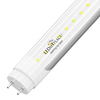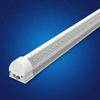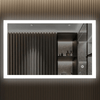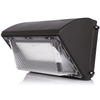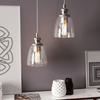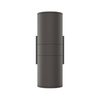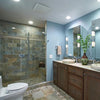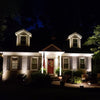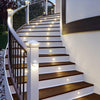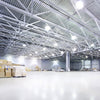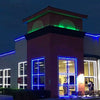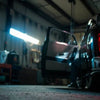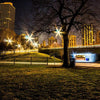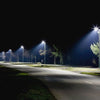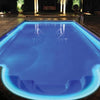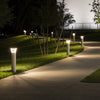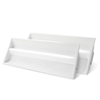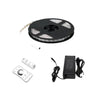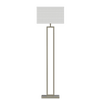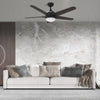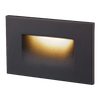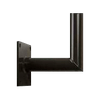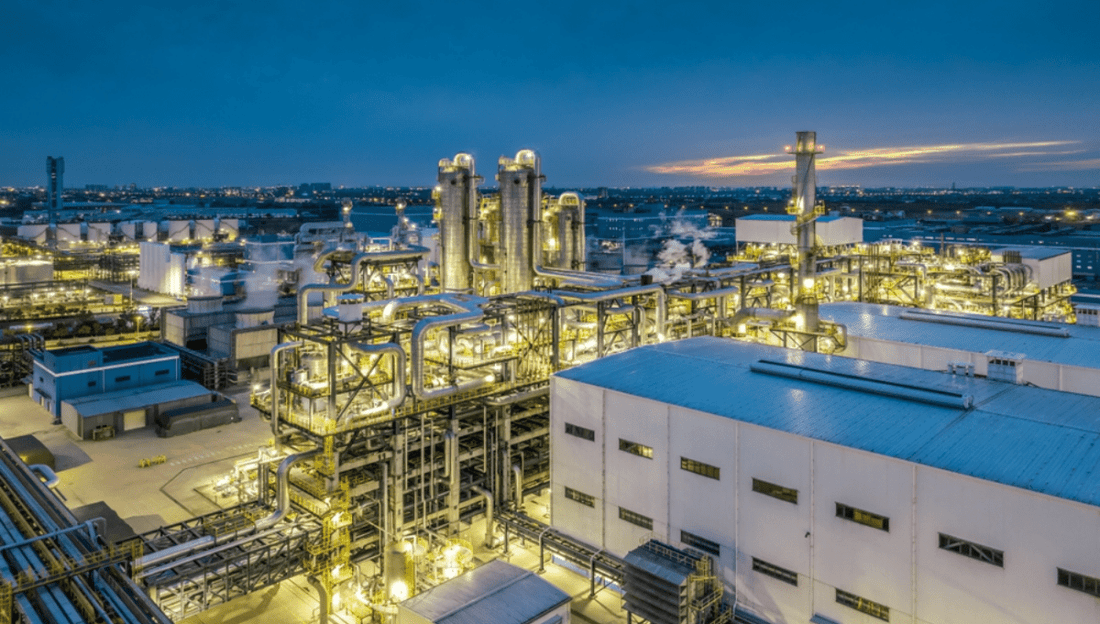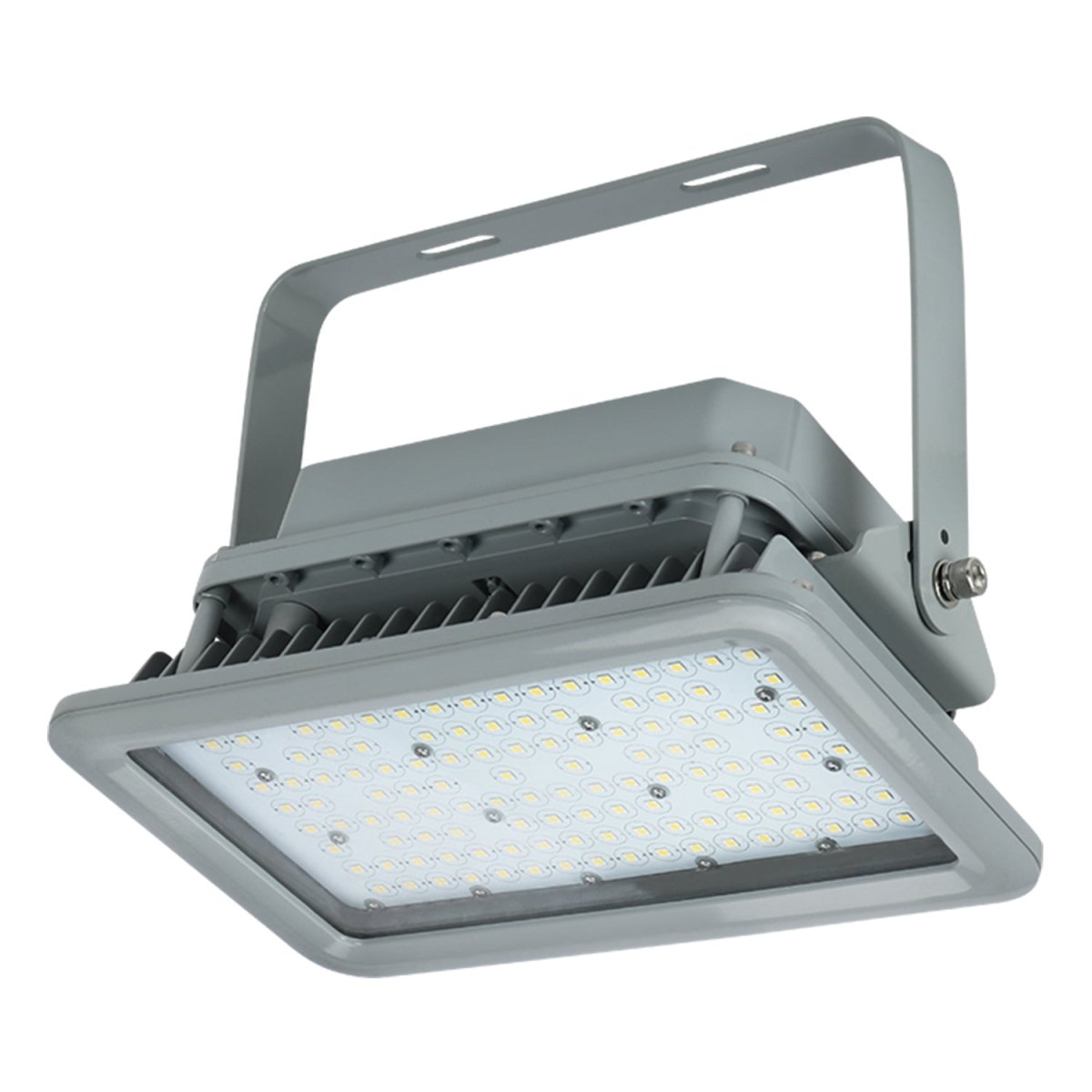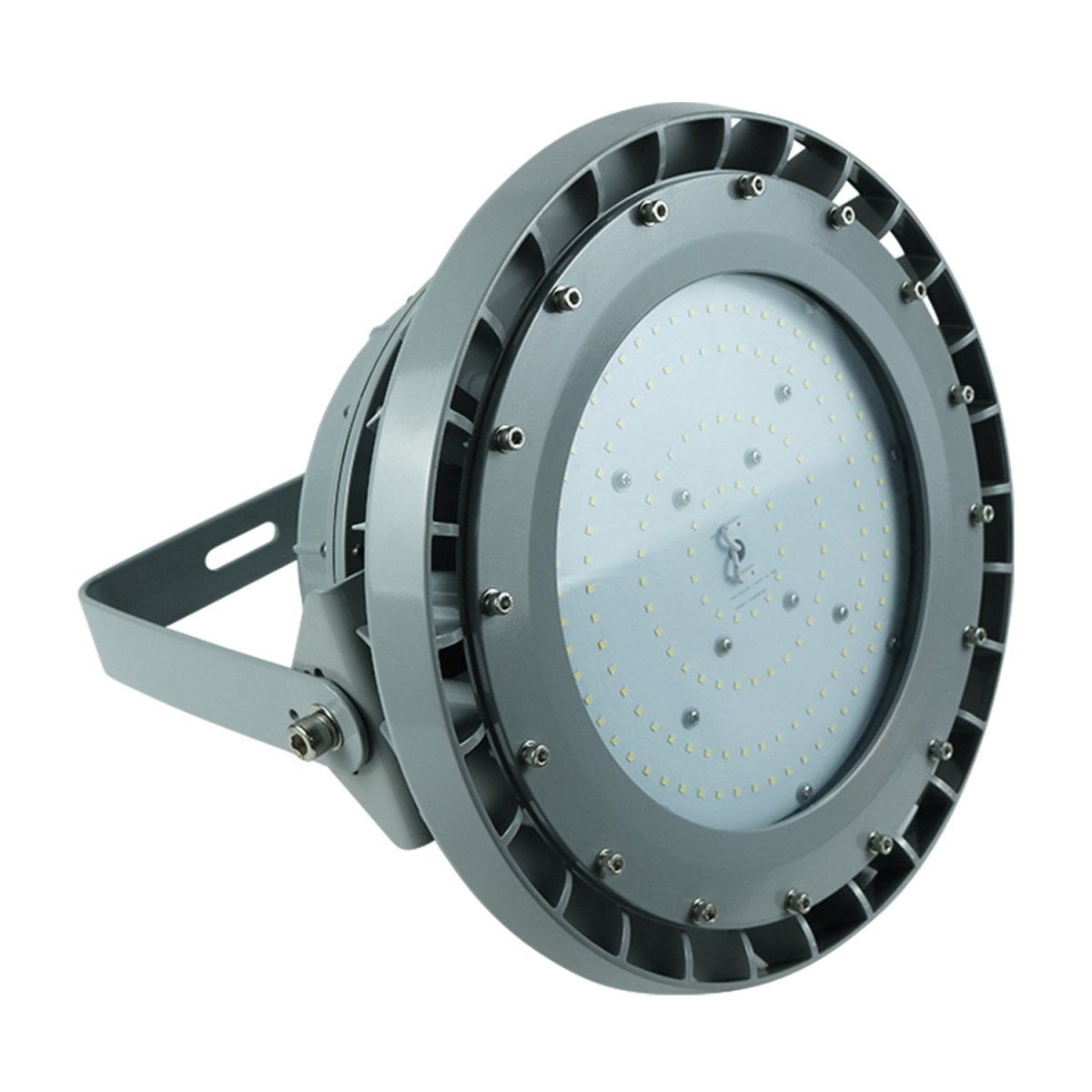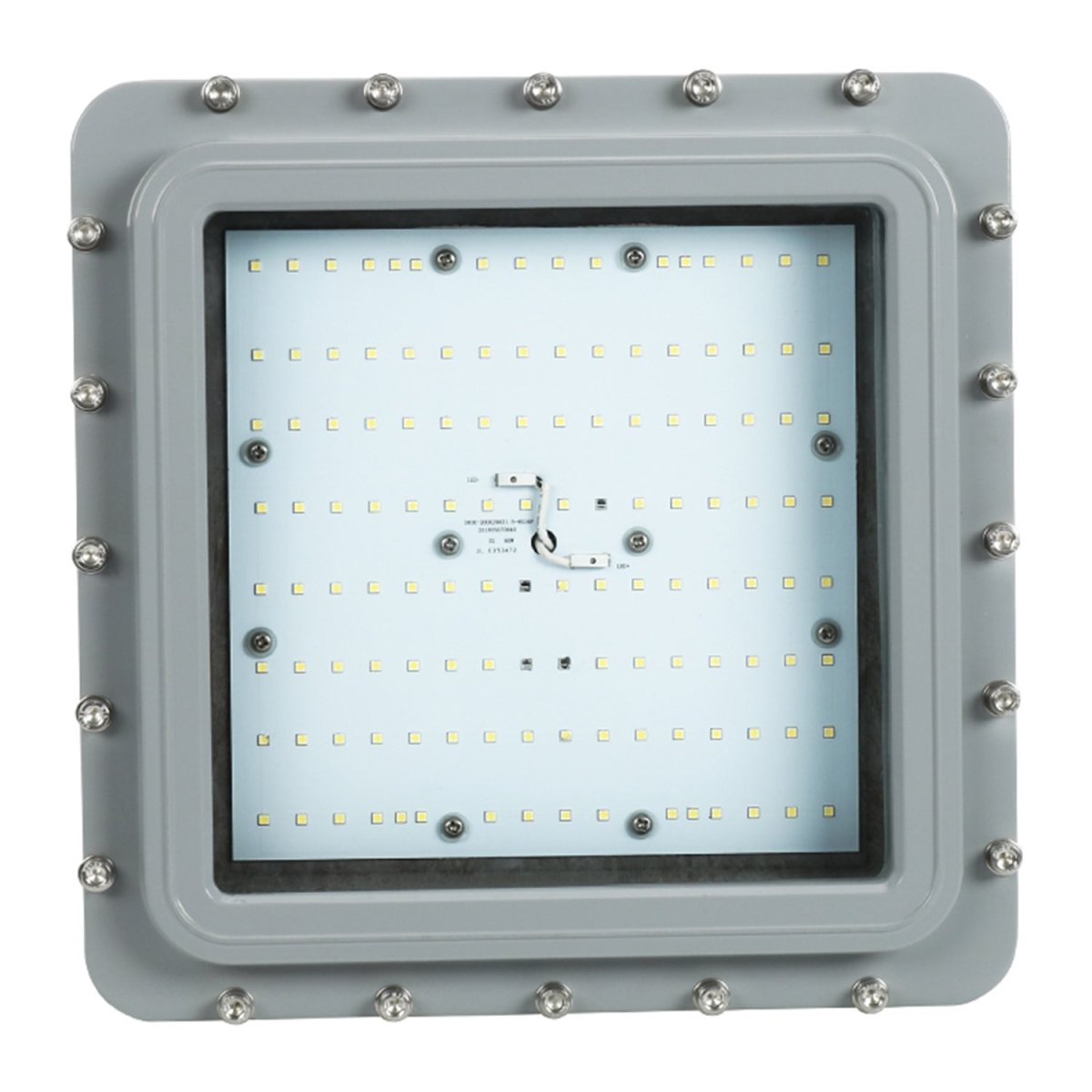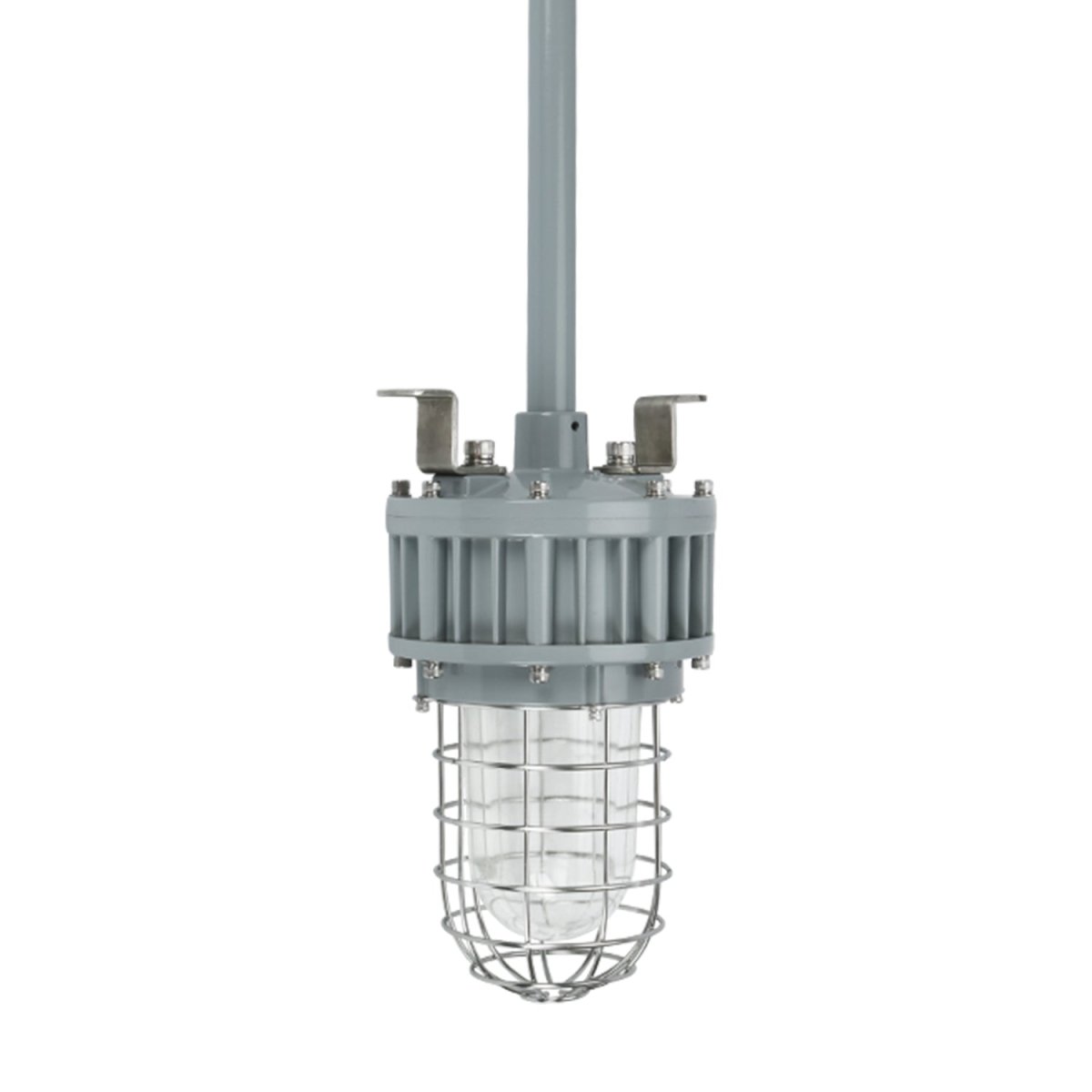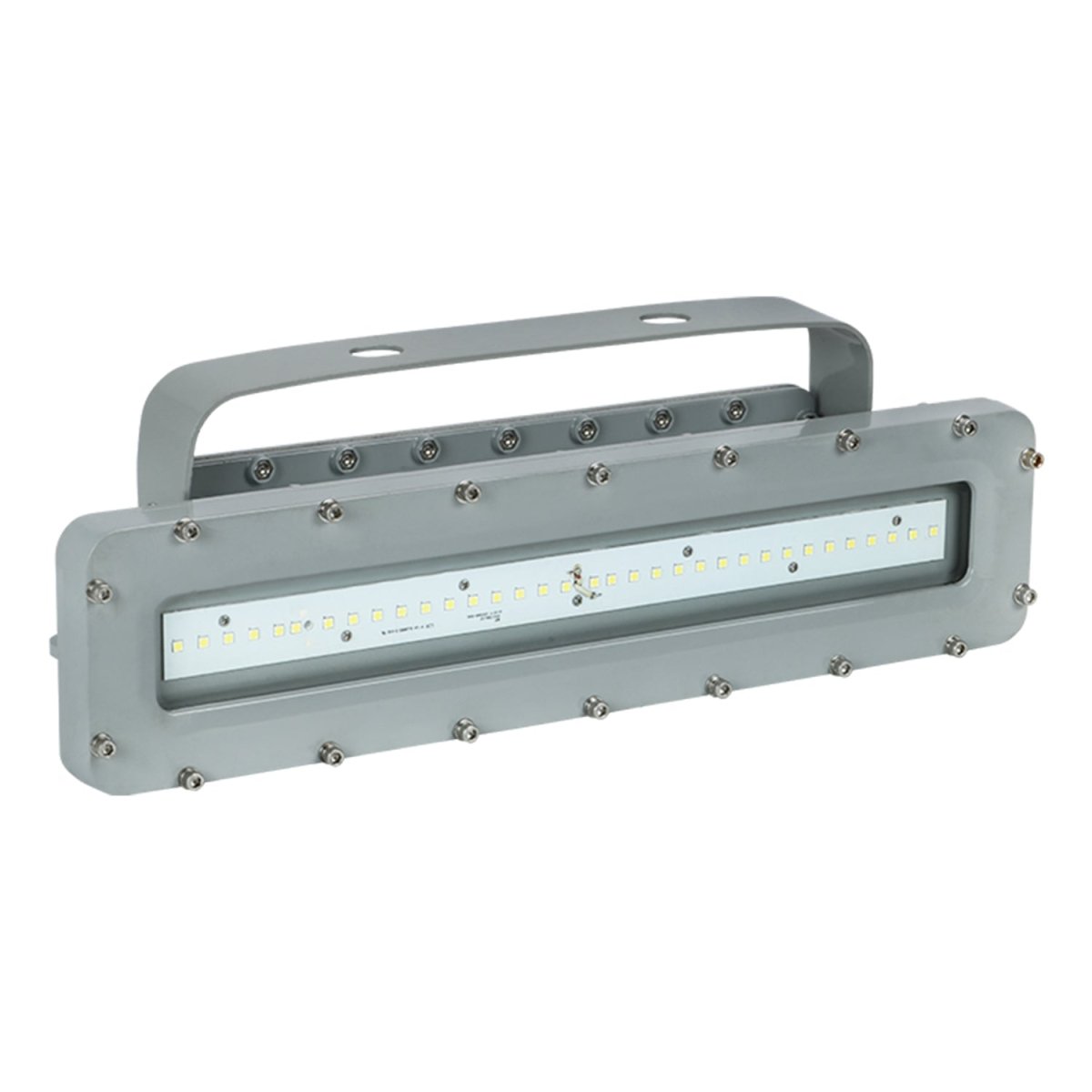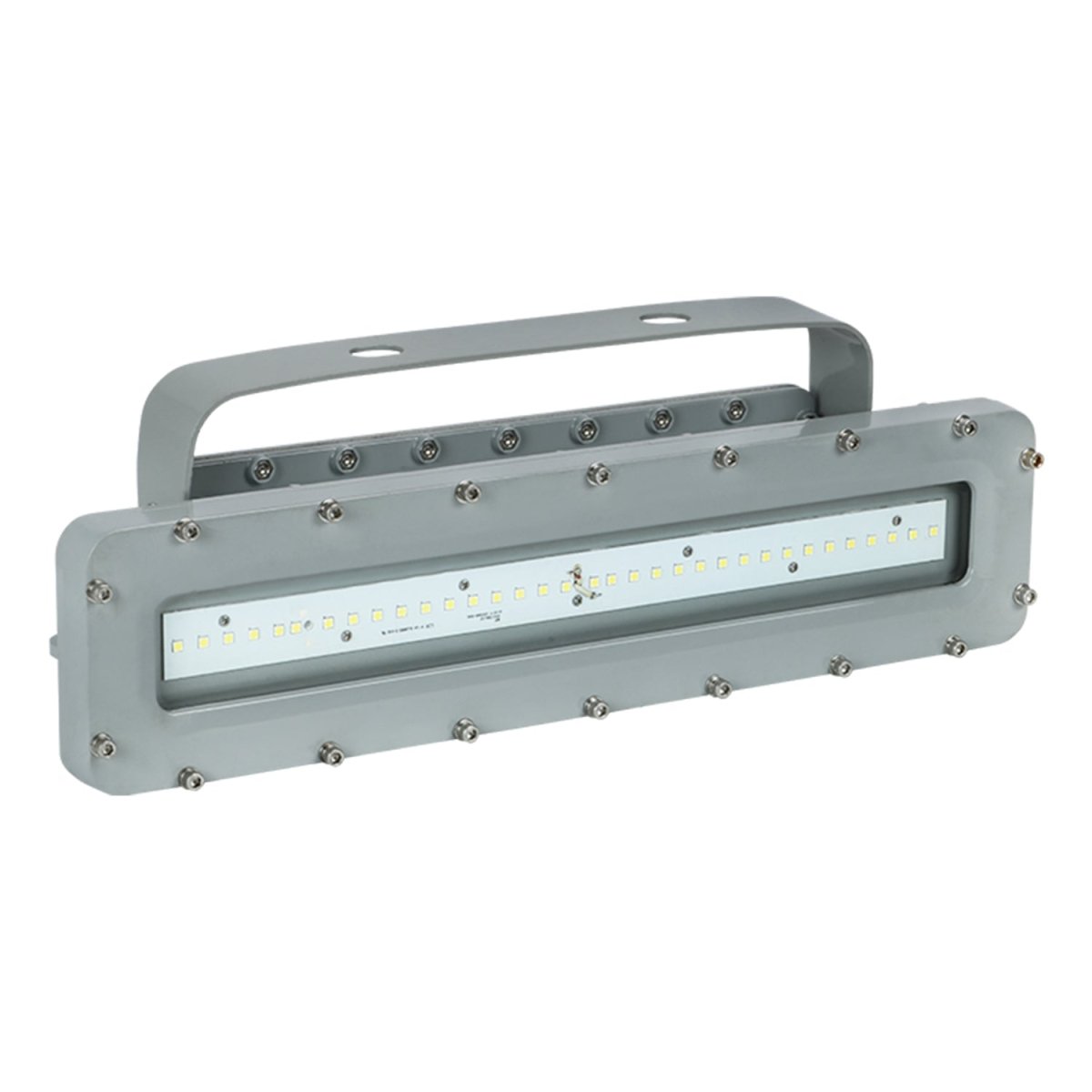Explosion Proof Lighting plays an essential role for the safety measures that need to be put in hazardous operations. They protect one against igniting flaming materials. Consequently, lighting is a vital concept both in the oil and gas, chemical production, as well as mining industries. What is the secret of explosion-proof lighting? Get into this insight to understand better.
Understanding Explosion-Proof Lighting
Explosion-proof lighting, also known as hazardous location lighting, is designed for areas where explosive gases, vapors, or flammable dust may be present. Some people believe that explosion-proof lights cannot explode. That is not how they work; they merely contain any potential ignition inside the fixture so it does not leak into the air.
Classification of Explosion-Proof Lighting
Explosion-proof lighting is in the scope of safety standards and regulations published by various organizations, among them, National Electrical Code (NEC) in the United States of America. There are the following categories:
Class I: The luminaire meets locations which contain flammable gases or vapors - oil refineries, for example.
Class II: For installation in places that are rich in combustible dust, such as grain silos, and sugar refineries.
Class III: Intended for use in areas which involve either flammable fibers or flying debris - fabric mills, for instance.
Every class is further subdivided into Divisions or Zones, depending on the frequency and period of exposure to hazardous substances.

Why Use LED Explosion Proof Lighting for Hazardous Areas?
Energy Efficiency- The LED technology uses much less energy than the usual lighting. This means they are an economical option for facilities that will need to be lit around the clock.
Longevity- LED explosion proof lights can be applied in extreme conditions like high temperatures, moisture, and vibrations.
Safety- This light is designed with no risk of sparks or heat igniting flammable materials.
Low Maintenance- Due to the long-term life and less frequent maintenance periods, LEDs have fewer instances of downtime operations that encourage perpetual safety.
Application of LED Explosion Proof Lighting
LED explosion proof lighting is critical to different industries:
Oil and Gas: in oil refineries, offshore rigs, and pipeline environments - it is fundamental for proper operation
Chemical Plants: proper lighting in a chemical spill area and under fumes.
Mining: visibility and safety underground in any location.
Food Processing: elimination of ignition points wherever combustible dust is concerned, especially from grains or sugar.
Important Features That Define the Choice of LED Explosion-Proof Lights
The following should be in your checklist for selecting LED explosion proof lights:
- Certification Compliance: UL, ATEX, or IECEx.
- Durability: Corrosion-resistant and Waterproof.
- Lumen Output: Brightness as per Application.
- Temperature Rating: Shall be compatible with the surrounding environment's operating temperature.
Questions on LED Explosion Proof Lighting
Q1: What is the difference between explosion-proofing and intrinsically safe lighting?
Explosion-proof lighting incorporates the ignition inside the housing, while intrinsically safe lighting runs at so low a power that any potential ignition cannot occur.
Q2: Is it safe to use LED illumination in all hazardous locations?
Yes, if the LED light meets the class and division or zone requirements of the particular hazardous location.
Q3: How long do explosion-proof LED illumination last?
Typically, explosion-proof lights have a lifetime rating of 50,000 to 100,000 hours, depending on their model and usage.
Q4: Can the non-hazardous areas use explosion-proof lights?
Yes, but as the lights are designed especially for hazardous environments, then definitely it would be overinvestment too.
Q5: How does one maintain explosion-proof lights?
Almost nothing has to be done on explosion-proof lighting because they rarely break down and are so highly lived.
Conclusion
LED explosion-proof lighting is a more efficient, energy-saving, and safer way to tackle hazardous places. Right classification and certification assure that the type of light used for protection in any facility keeps operational efficiency. Hence, in industries performing in risk environments, the investment into LED explosion-proof lighting cannot be an alternative but it must be there.
If you are seeking top-quality LED explosion-proof lights for your hazardous area, then look at our wide-ranging certified products at LEDMyplace.






